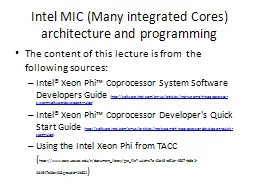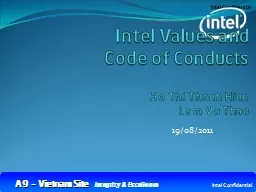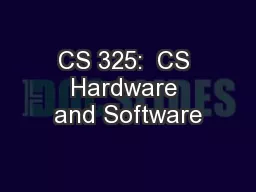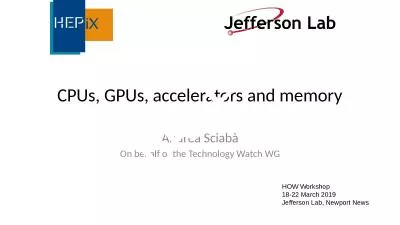PPT-Intel MIC (Many integrated Cores) architecture and programm
Author : liane-varnes | Published Date : 2016-03-09
The content of this lecture is from the following sources Intel Xeon Phi Coprocessor System Software Developers Guide http softwareintelcomenusarticlesintelxeonphicoprocessorsystemsoftwaredevelopersguide
Presentation Embed Code
Download Presentation
Download Presentation The PPT/PDF document "Intel MIC (Many integrated Cores) archit..." is the property of its rightful owner. Permission is granted to download and print the materials on this website for personal, non-commercial use only, and to display it on your personal computer provided you do not modify the materials and that you retain all copyright notices contained in the materials. By downloading content from our website, you accept the terms of this agreement.
Intel MIC (Many integrated Cores) architecture and programm: Transcript
Download Rules Of Document
"Intel MIC (Many integrated Cores) architecture and programm"The content belongs to its owner. You may download and print it for personal use, without modification, and keep all copyright notices. By downloading, you agree to these terms.
Related Documents














